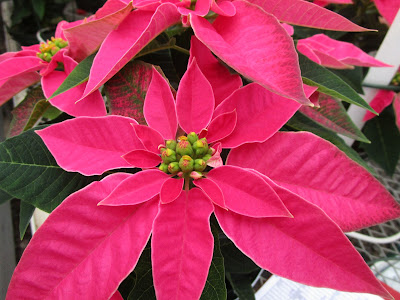We have all heard the name Ginkgo biloba. Few have really stopped to think about exactly what it is. The ginkgo is a deciduous conifer or the more scientific term, a true gymnosperm. They can grow to heights that may exceed 100 ft., but they are slow growers. It is a tree that is native to the Asian continent and widely grown all over the world. However, its natural numbers are still quite small, therefore leading it to be considered endangered. The number of ginkgoes occurring in nature are small, due mainly to the fact that it takes a male and female tree to produce fertile seeds or fruits. The female trees will drop their seeds after being fertilized by pollen from the male through normal means of pollination. Most people who seek to purchase a ginkgo for their personal horticultural compilations will only plant male trees as the female trees give off a rancid odor when they drop their fruit.

The ginkgo is one of the oldest living plants known to man. The earliest leaf fossils date back to two hundred seventy million years ago in the Permian period. The Ginkgo biloba is the only surviving member of the Ginkgoales family, with the other eighteen members of this family falling into extinction. It is believed that the decline of the dinosaurs may have been a factor in the extinction of many of these members as they were considered to be the seed distributors of the time. It is unclear how or exactly why this lone survivor has made it through to modern day without alteration.

Our more recent history speaks to the survival ability of this ancient tree. On August 6, 1945 life in Hiroshima was forever changed by a nuclear bomb. One hundred fifty thousand people lost their lives and the biological and man-made landscape was leveled, but somehow there were six lone survivors. Six Ginkgo biloba trees that stood outside Anraku-ji temple. These six trees did not falter even in one of the most destructive events in human history. Now, some seventy three years later, the trees still stand, growing through the ruins of the temple.
Through the years, ginkgoes have been able to resist disease and insects. This has insured their survival, but without proper pollination and seed disbursement, they will not see population growth. Because of the negative hype associated with the rancid smell of the female trees there has been very little effort to bolster the conservation of these trees.
WHY SHOULD I PLANT A GINKGO?

Aside from the fact that a ginkgo has a most impressive history, these trees are beautiful and visually interesting. In a landscape of maples, oaks, birches and conifers of every shape and size, these trees stand out in the crowd. From the fan shaped leaves to their stunning fall show. they are in no way an average player.
Their branches grow in irregular ways to give personality to its bare bones and as the leaves change to a bright shade of saffron yellow they shine in a backdrop of oranges, reds, and browns.
Most deciduous trees (trees that shed their leaves) will do so in stages. As the tree prepares its foliage in stages or layers, each leaf develops a coating and then is released from the tree as the frosty nights begin. When one layer is shed the next will develop the coating and be released. Therefore it takes many days and sometimes weeks to lose its leaves completely. In the case of the ginkgo, it is quite a different story. The ginkgo will coat all of its leaves at one time in preparation for the first frost of fall. As day breaks after the first frost, it will begin to release its leaves in a slow continual shower of yellow throughout the day. By nightfall almost all of the leaves will be gone.
So, now that you are intrigued by its history, fascinated by its strength and determination to survive, and maybe even enamored by its beauty and personality, let's talk about what you should do after you purchase one.The ginkgo will thrive in well drained and slightly acidic soil. While they will grow in almost any soil, it helps to amend the soil with compost for good drainage in the heavy clay soil of out area. You will need to loosen the root ball just a bit with your fingers to loosen the tight weave that comes from being potted. Always plant the root ball slightly above the soil so that when it settles into its new home, the top of the root ball won't be below the soil level.
IMPORTANT!!!! Keep in mind that these trees grow very tall so do not plant them near any power lines or if you live in an urban area there may be restrictions on height and width of trees or structures. It is always, always, always, in your best interest to call 811 before you dig for any reason.
ENJOY your Ginkgo!













